Indian Mythology – Gods, Epics, Stories & Sacred Origins Explained
Explore Indian mythology with a detailed look at its gods, epics like Ramayan and Mahabharat, divine stories, and cosmic symbolism. Dive into timeless spiritual heritage.
Introduction: The Living Legacy of Indian Mythology
Indian mythology isn’t just a set of old religious tales—it’s a living tradition that breathes life into the spiritual heart of India. It shapes festivals, values, cultural beliefs, and even daily routines. Whether it’s through temples, art, or storytelling, these myths continue to inspire generations with their wisdom and universal truths. These stories aren’t confined to any one religion—they appear across Hinduism, Buddhism, Jainism, and Sikhism—carrying timeless messages of faith, ethics, and cosmic balance.
Major Aspects of Indian Mythology
1. The Gods and Goddesses (Deva & Devi)
Indian mythology is known for its rich pantheon of deities, each representing different cosmic principles and energies. Lord Shiv, known as the destroyer and transformer, embodies ascetic power and liberation. Lord Vishnu, the preserver, appears in various avatars to restore balance, while Brahma, the creator, brings forth the universe. Goddesses like Durga, Lakshmi, and Saraswati personify strength, prosperity, and wisdom respectively. These divine figures are not just worshipped—they are loved, celebrated, and brought into daily life through rituals, stories, and devotion.
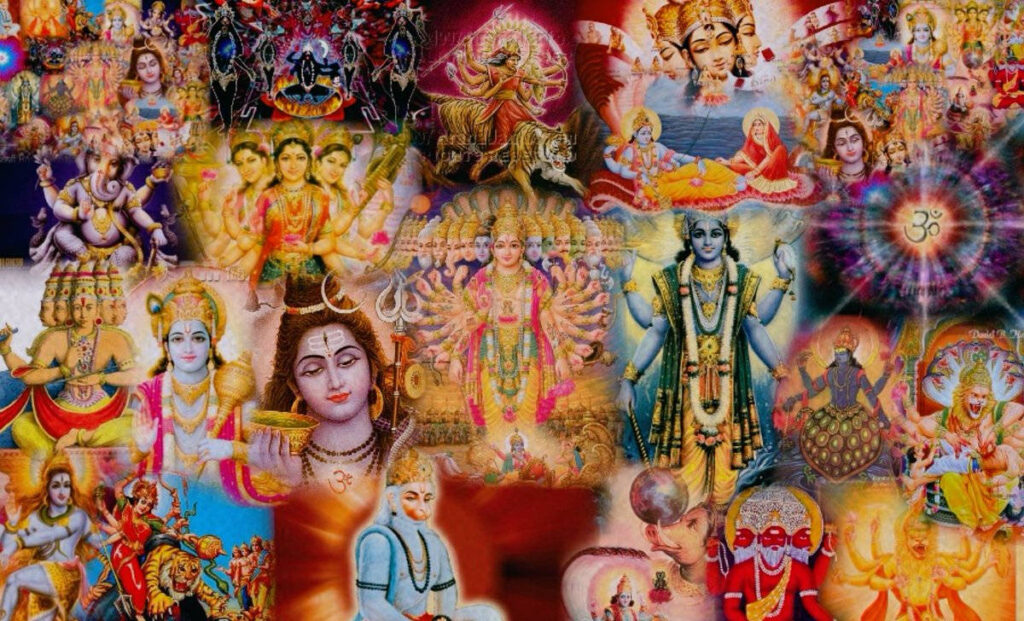
2. The Great Epics: Ramayana and Mahabharata
The two grand epics—Ramayan and Mahabharat—are cornerstones of Indian mythology. The Ramayana, authored by Sage Valmiki, tells the tale of Lord Ram, who upholds dharma in the face of immense challenges, setting an eternal example of righteousness. In contrast, the Mahabharat, composed by Ved Vyasa, is a complex narrative of duty, war, and spiritual awakening. It includes the Bhagavad Gita, a powerful dialogue between Krishna and Arjuna that offers timeless lessons on life, responsibility, and purpose.
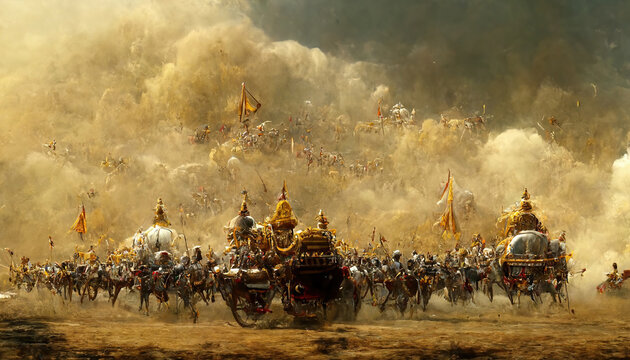
3. The Puranas: Timeless Myths and Teachings
The Puranas are detailed and colorful narratives that go beyond the epics. They explain the origin of the universe, the stories of gods and goddesses, cosmic events, rituals, and the lineage of kings. Texts like the Shiv MahaPuran(click here), Vishnu Puran, and Bhagavata Puran are filled with spiritual insights and divine legends. These scriptures help common people understand complex philosophies through relatable and engaging stories, making them a bridge between ancient wisdom and everyday life.
Mythological Themes and Symbolism
🌠 Cosmic / Divine Concepts
Indian mythology explains the universe through deeply symbolic and spiritual lenses. The Trimurti—Brahma, Vishnu, and Mahesh (Shiv) —symbolize creation, preservation, and destruction. The universe moves in cycles called Yug (Click Here), each one reflecting a decline in morality and spirituality. Avatars like Ram and Krishna appear in different Yuga to restore dharma. These myths reflect India’s deep understanding of time, karma, and spiritual evolution.
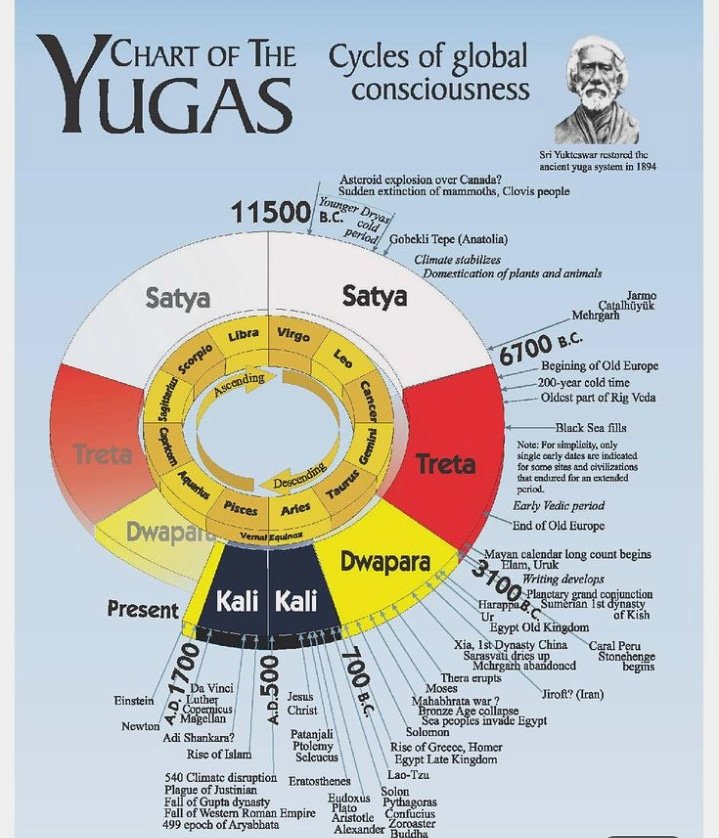
🌿 Dharma, Karma & Moksha
The fundamental values of dharma (righteous action), karma (action and consequence), and moksha (liberation) are central to Indian mythology. Characters in these stories are often tested by moral dilemmas, showing the complexity of making the “right” choice. Lord Ram’s sacrifice, Arjun’s battlefield doubt, and Ravan’s ambition—all highlight the spiritual laws that govern life. These themes make Indian mythology more than devotional—it becomes a practical guide for navigating life.
Mythological Characters That Inspire Generations
Indian mythology isn’t just about gods and demons — it’s about people, emotions, and choices that still feel real today. Lord Shri Ram stands tall as a symbol of integrity and sacrifice, someone who puts duty above everything, even personal happiness. Mata Sita, with her quiet strength, shows us what it means to hold on to dignity and grace even in the toughest times. Krishna — mischievous, wise, and endlessly charming — doesn’t just preach; he teaches through his actions, blending joy with deep life lessons.
Then there’s Radha Rani, not just Krishna’s beloved, but a timeless icon of pure, selfless love. Her devotion wasn’t bound by rituals — it was soulful, spiritual, and deeply human. Radha reminds us that love isn’t always about being together, but about being connected beyond space and time.
Characters like Bhishm Pitamah, Karna, and Arjun take us into the grey zones — torn between loyalty, destiny, and personal desire. Even those we call villains, like Ravan and Duryodhan, are more than just evil; they are powerful reminders of how ego, pride, and ambition can lead us astray — yet even they had moments of brilliance and depth that make them unforgettable.
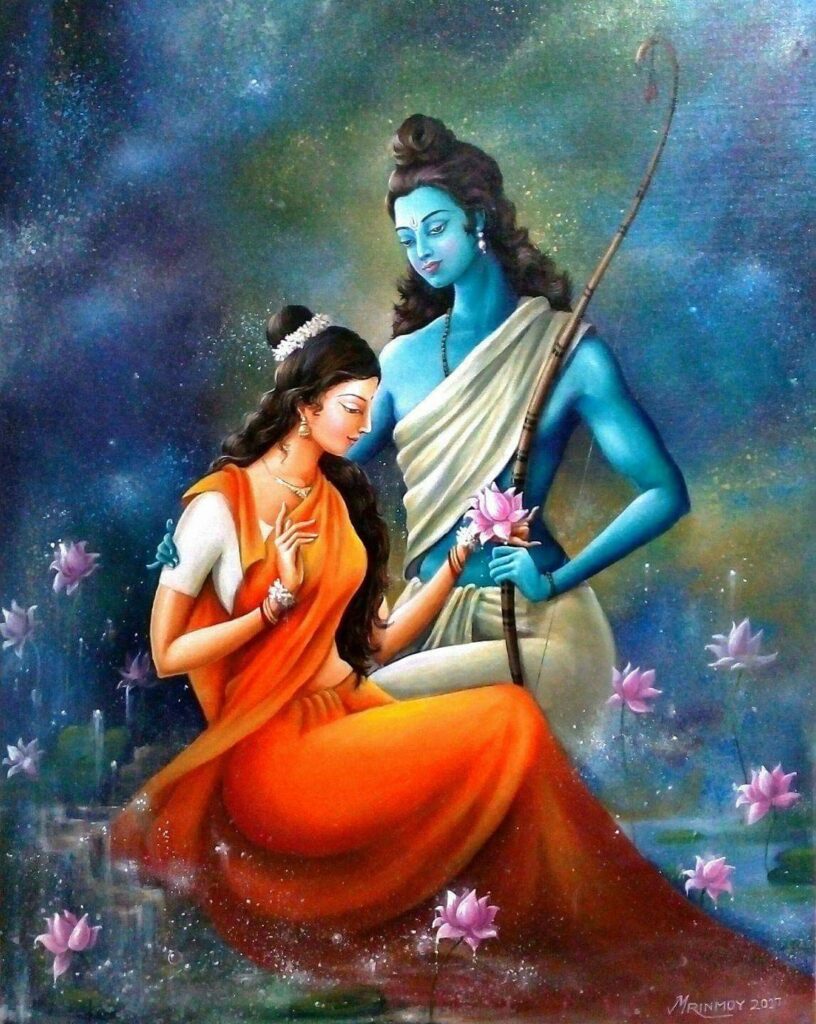
Sacred Places in Mythology
Many places in India are deeply connected to mythological events. Ayodhya is celebrated as Lord Ram’s birthplace. Mathura and Vrindavan are rich with Radha Krishna early life tales. Kurukshetra is the battlefield of Mahabharat, and Mount Kailash is believed to be Lord Shiv’s eternal abode. Cities like Varanasi (Kashi) and Haridwar hold centuries of mythological and spiritual importance. These locations are more than tourist spots—they are sacred spaces that continue to echo with divine energy.
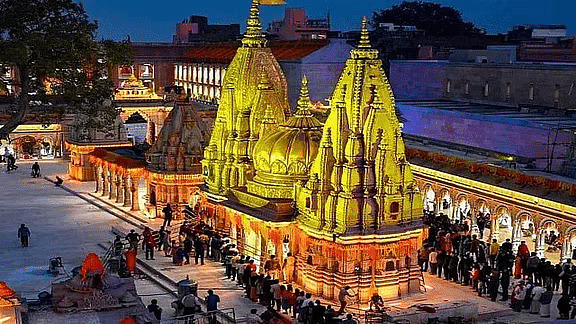
📕 Relevance of Indian Mythology in Modern Life
Despite being thousands of years old, Indian mythology offers deep relevance in modern life. From ethical leadership to personal transformation, these stories address today’s challenges in profound ways. Leaders study Krishna’s strategic thinking, parents find inspiration in Lord Ram’s values, and seekers turn to Shiv’s wisdom for inner peace and patience. These stories aren’t stuck in the past—they evolve with each generation, offering spiritual and emotional grounding in a fast-paced world.
Conclusion: Eternal Stories, Eternal Truths
Indian mythology isn’t just heritage—it’s a mirror reflecting our values, fears, hopes, and purpose. These sacred stories continue to guide humanity with their deep insights into the nature of good and evil, life and death, duty and desire. In preserving and sharing them, we don’t just honor the past—we light the path ahead.

